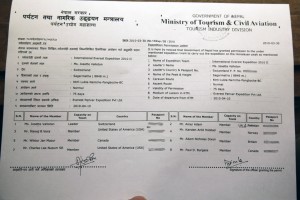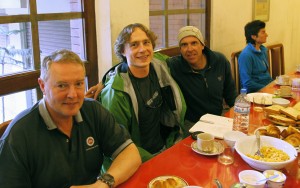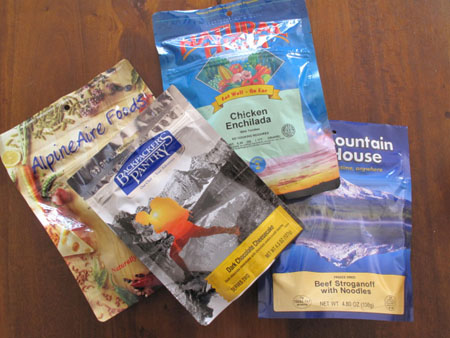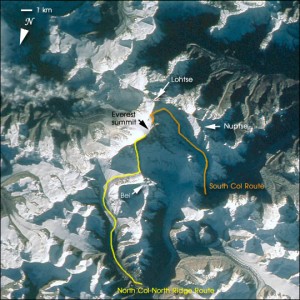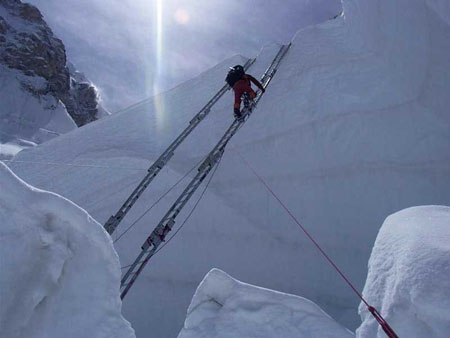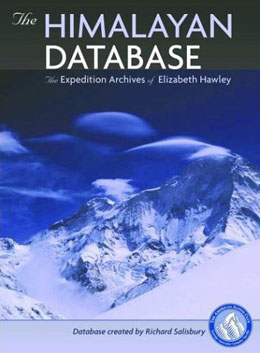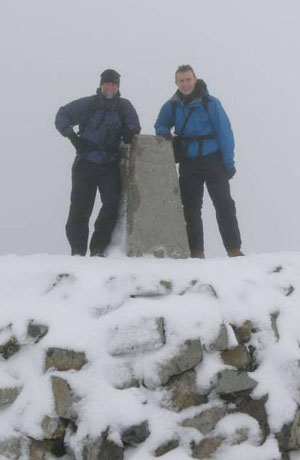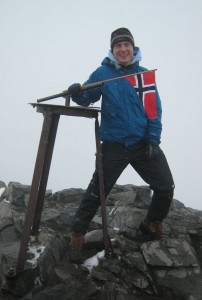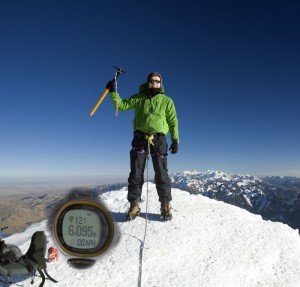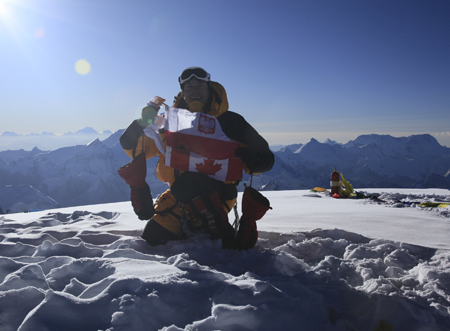“Two and a half months? Why does it take so long to climb Everest? What will you be doing all that time?” To answer some of those questions, and to give you an idea of what we might be doing any given week you consider checking this blog out, have a look below at our proposed itinerary. Some comments on it at the end.
Arriving in Kathmandu:
March 30) Arrive in Kathmandu (1300 meters/4,250 feet). Hotel.
April 1) In Kathmandu; visit temples, city tour, shopping and restaurants. Hotel.
Trekking to Basecamp:
April 2) Fly to Lukla (2860 metres/9,400 feet). Walk to Phakding (2650 metres/8,700 feet). Teahouse or camping.
April 3) Walk to Namche Bazaar (3450 metres/11,300 feet). Teahouse or camping.
April 4) Rest and acclimatization in Namche. Happy Easter! Check email, send messages at cyber-café, and eat at one of the many great restaurants in town. Teahouse or camping.
April 5) Walk to Pangboche (3750 metres/12,300 feet). Participate in a Buddhist Puja blessing ceremony with the local Lama at the monastery if you wish. Teahouse or camping.
April 6) Walk to Pheriche (4250 metres/13,900 feet). Visit the Himalayan Rescue Association health clinic. Teahouse or camping.
April 7) Walk to Dugla (4600 metres/15,100 feet). Teahouse or camping.
April 8) Walk to Lobuche (4900 metres/16,100 feet).
April 9) Walk to Gorak Shep (5150 metres/16,900 feet). Teahouse or camping.
April 10) Walk to basecamp (5000 metres/17,400 feet).
April 11) Rest, organization, and training day in basecamp.
April 12) Rest, organization, and training day in basecamp.
Climbing Everest:
April 13) Climb partway to camp 1 at 5800 metres/19,000 feet. Return to basecamp.
April 14) Rest in basecamp.
April 15) Climb to camp 1 at 5800 metres/19,000 feet. Return to basecamp.
April 16) Rest in basecamp.
April 17) Climb to camp 1, sleep there.
April 18) Walk to camp 2 at 6200 metres/20,300 feet, return to camp 1, sleep there.
April 19) Return to basecamp.
April 20) Rest in basecamp.
April 21) Rest in basecamp.
April 22) Rest in basecamp.
April 23) Walk to camp 1. Sleep there.
April 24) Walk to camp 2. Sleep there.
April 25) Rest in camp 2.
April 26) Explore route to camp 3 (7300 metres/24,000 feet), return to camp 2, sleep there.
April 27) Return to basecamp.
April 28) Rest in basecamp.
April 29) Rest in basecamp.
April 30) Rest in basecamp.
May 1) Walk to camp 1, sleep there.
May 2) Walk to camp 2. Sleep there.
May 3) Rest in camp 2.
May 4) Walk to camp 3. Sleep there.
May 5) Descend to camp 1 or camp 2. Sleep there.
Rest in Basecamp or Descend to a Lower Village:
May 6) Return to basecamp.
May 7) Rest in basecamp or descend to a lower village such as Pangboche.
May 8) Rest in basecamp or a lower village.
May 9) Return to basecamp from lower village. Rest in basecamp. Happy Mother’s Day!
Summit Attempt:
May 10) Walk to camp 1, sleep there.
May 11) Walk to camp 2, sleep there.
May 12) Walk to camp 3, sleep there.
May 13) Walk to camp 4 at 8000 metres/26,200 feet, sleep there.
May 14) Attempt summit.
May 15) Attempt summit.
May 16) Return to camp 2, sleep there.
May 17) Return to basecamp.
May 18) Rest in basecamp.
May 19) Rest in basecamp.
May 20) Rest in basecamp.
May 21) Rest in basecamp.
May 22) Walk to camp 2, sleep there.
May 23) Walk to camp 3, sleep there.
May 24) Walk to camp 4, sleep there.
May 25) Attempt summit.
May 26) Attempt summit.
Going Home:
May 27) Return to camp 2.
May 28) Pack up camp 2.
May 29) Return to basecamp.
May 30) Pack up basecamp.
May 31) Pack up basecamp.
June 1) Trek down to Pheriche. Camp.
June 2) Trek down to Pangboche. Teahouse or camping.
June 3) Trek to Namche, Teahouse or camping.
June 4) Trek to Lukla. Teahouse or camping.
June 5) Flight to Kathmandu. Hotel.
June 6) Extra day in Kathmandu, in case of delay, and for sightseeing, gift shopping. Hotel.
June 7) Fly Home. Thanks for joining our expedition!
Of course this is just a proposed itinerary. The only thing 100% sure about this itinerary is that we will not follow it. Too many things vary from year to year to predict the detailed movements. But it’s an idea.
Another issue with this itinerary is that it proposes we cross the Khumbu ice fall at least 5 times up and down (it is between Base Camp and Camp 1). I have heard that some expeditions have changed their acclimatisation strategies to not cross the ice fall that often, as it’s the most dangerous part of the route. We’ll see what our plan is.
